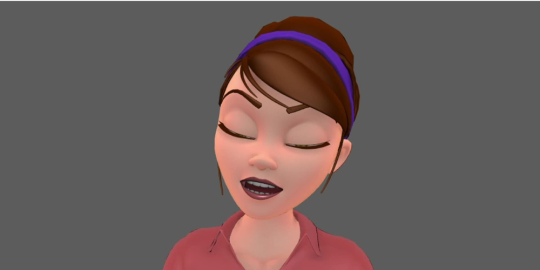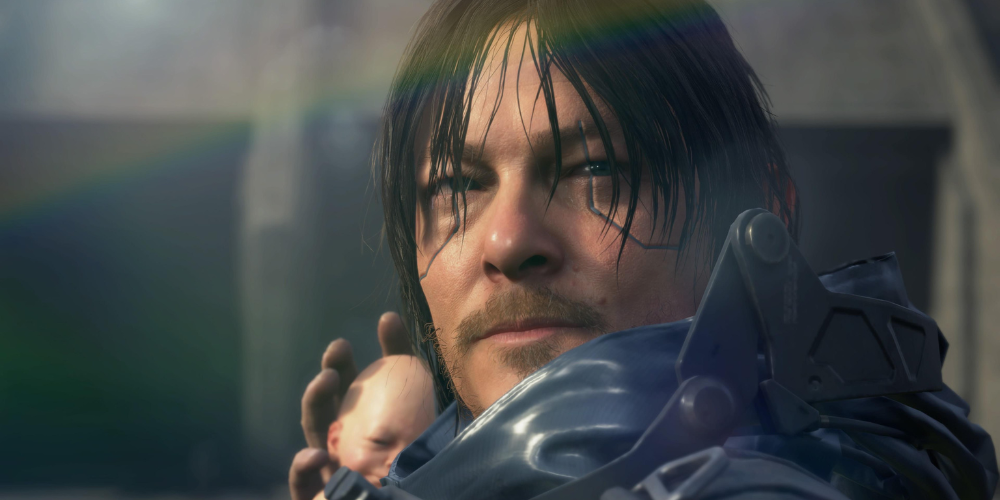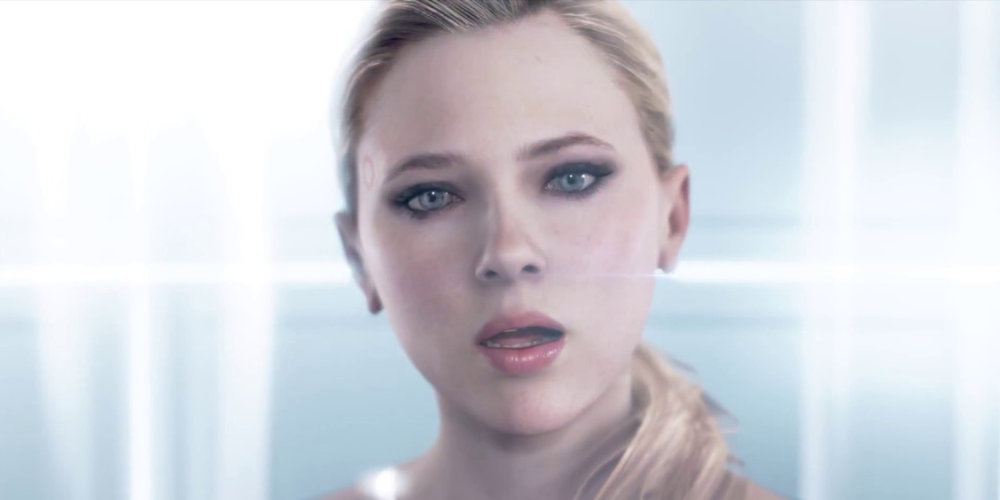
In the evolving world of video games, the realism and emotional depth of characters have become crucial elements in engaging players. Facial animation and motion capture technology play a significant role in achieving this level of immersion. This article explores the impact of these technologies on modern gameplay, examining their development, applications, and the future potential they hold for the gaming industry.
The Evolution of Facial Animation Technology
Facial animation has come a long way since the early days of gaming. Initially, character expressions were limited to simple, static images or basic animations. With the advent of 3D graphics, developers began to experiment with more complex facial animations. The introduction of techniques like blend shapes and skeletal animation allowed for more natural and expressive character movements. Today, advanced algorithms and machine learning are pushing the boundaries even further, creating lifelike facial expressions that enhance player immersion.
Motion Capture: Bringing Realism to Character Movements
Motion capture technology, often abbreviated as mo-cap, involves recording the movement of real actors and translating those movements onto digital characters. This technique has revolutionized the way developers create realistic and fluid animations. By capturing the subtle nuances of human movement, mo-cap ensures that characters move in a believable and natural manner. This realism is crucial for creating immersive gameplay experiences, particularly in narrative-driven games where character interactions are key.

Enhancing Emotional Depth Through Facial Animation
One of the most significant benefits of advanced facial animation is its ability to convey complex emotions. Subtle changes in a character’s facial expression can communicate a wide range of emotions, from joy and surprise to fear and sorrow. This emotional depth is essential for storytelling, allowing players to connect with characters on a more personal level. Games like "The Last of Us Part II" and "Detroit: Become Human" showcase how detailed facial animations can enhance narrative impact and create memorable gaming experiences.
Applications in Cinematic Cutscenes
Cinematic cutscenes are a staple of modern video games, providing moments of narrative exposition and dramatic tension. Facial animation and motion capture play a crucial role in making these cutscenes impactful. By capturing the performances of actors, developers can create scenes that rival those found in movies. The combination of realistic facial expressions and lifelike movements helps to draw players into the story, making them feel like they are part of the unfolding drama.
Improving Player Interaction and Immersion
Beyond cutscenes, facial animation, and motion capture enhance player interaction within the game world. NPCs (non-playable characters) that react dynamically to the player's actions create a more immersive and believable environment. For example, a character might show concern or relief based on the player’s decisions, adding a layer of depth to the gameplay. This level of interaction makes the game world feel more alive and responsive, encouraging players to engage more deeply with the narrative and their surroundings.

Technical Challenges and Solutions
While the benefits of facial animation and motion capture are clear, implementing these technologies presents several technical challenges. Capturing detailed facial expressions requires high-resolution cameras and advanced software to process the data accurately. Ensuring that these animations run smoothly in real-time within the game engine also demands significant computational power. To address these challenges, developers often use a combination of hardware advancements, optimized algorithms, and creative techniques like facial animation blending to achieve the desired results.
The Future of Facial Animation and Motion Capture
The future of facial animation and motion capture in gaming looks promising, with ongoing advancements in technology poised to take realism to new heights. Emerging technologies like real-time facial animation and machine learning-driven animation synthesis are set to revolutionize the field. These innovations will allow for even more dynamic and responsive character interactions, making games more engaging and emotionally resonant. As virtual reality and augmented reality continue to evolve, the demand for lifelike character animations will only increase, driving further innovation in this area.

Case Studies: Games Leading the Way
Several games have set new standards in facial animation and motion capture, showcasing the potential of these technologies. "Red Dead Redemption 2" by Rockstar Games features some of the most detailed character animations ever seen, with every facial expression and movement meticulously captured. "Hellblade: Senua's Sacrifice" by Ninja Theory used advanced facial animation techniques to depict the protagonist's emotional journey with remarkable realism. These case studies highlight how leading developers are leveraging facial animation and motion capture to create groundbreaking gaming experiences.
Bottom Line
Facial animation and motion capture have become integral components of modern gameplay, enhancing realism and emotional depth in video games. From their early development to their current applications in cinematic cutscenes and player interactions, these technologies have significantly impacted the gaming industry. As advancements continue, the potential for even more immersive and engaging experiences grows. Developers are pushing the boundaries of what is possible, creating games that resonate with players on a deeper level and setting the stage for the future of interactive entertainment.